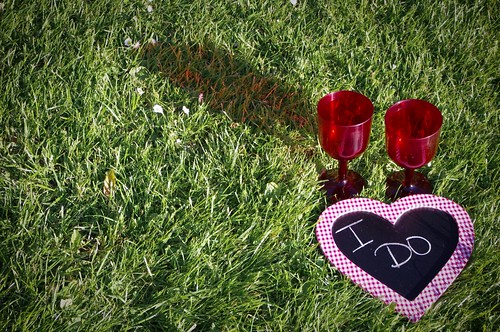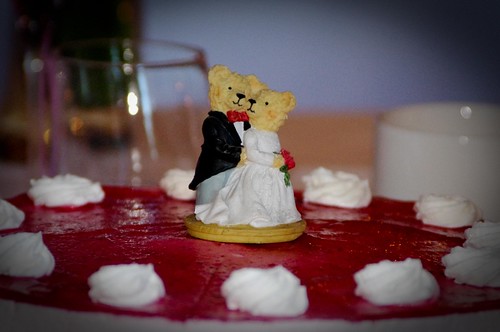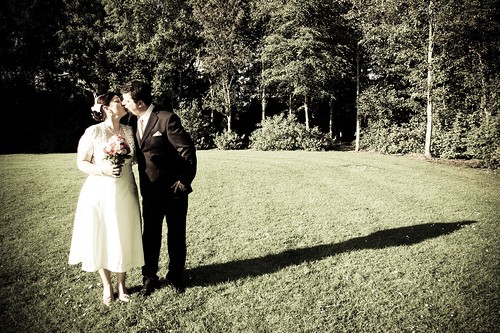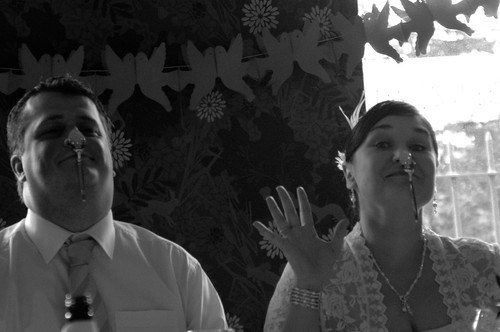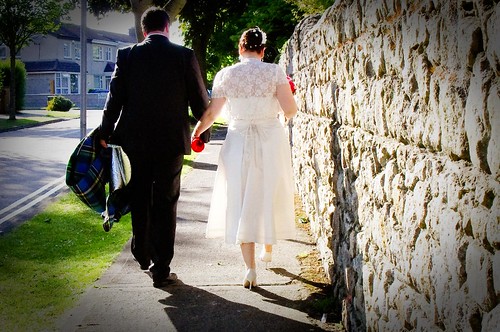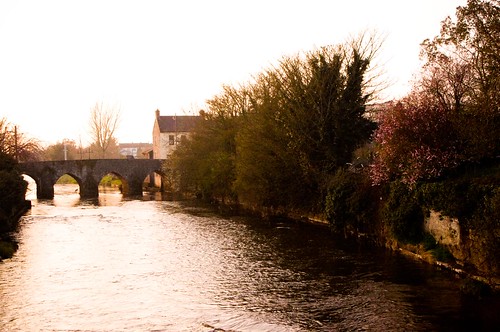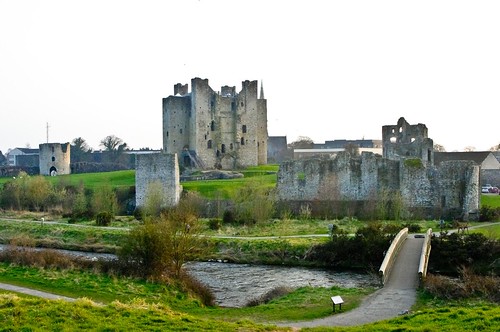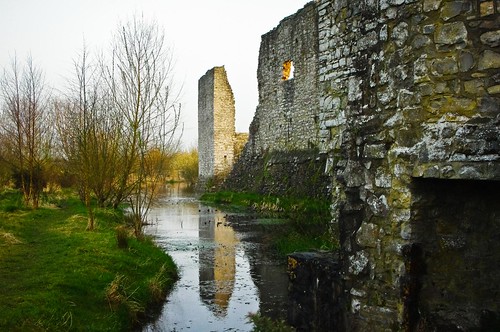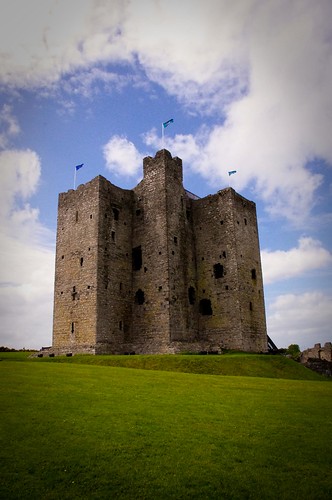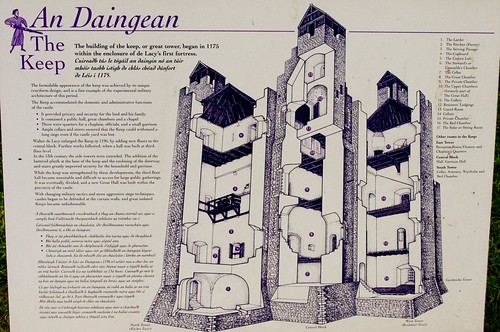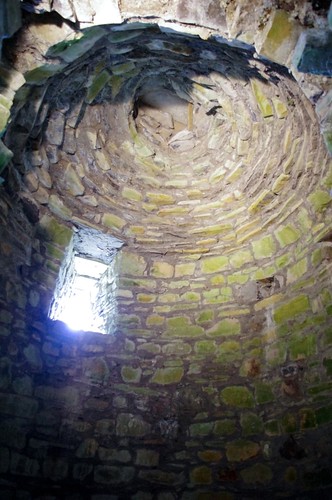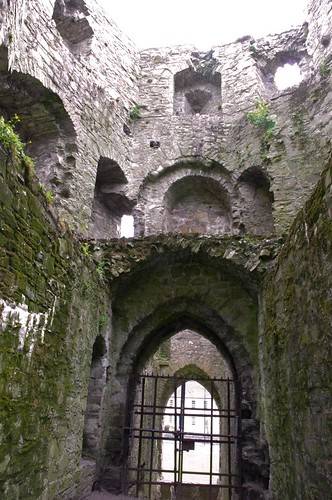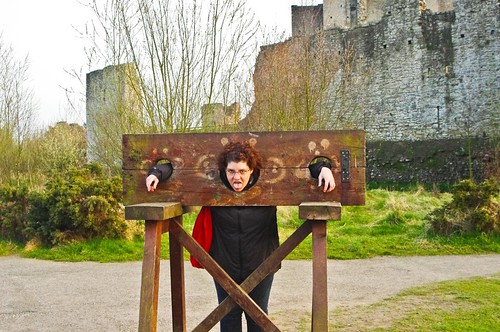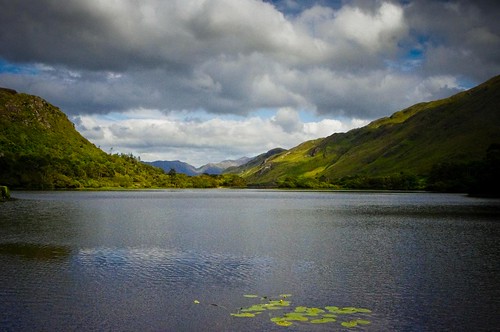
Continuing my travels up the West coast of Ireland last summer, I drove from Salthill’s beautiful Galway Bay hotel, through Connemara and its detours, and then on to Kylemore Abbey.
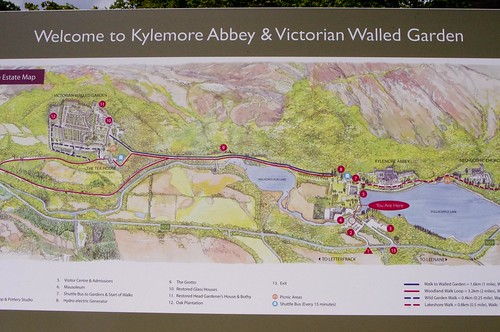
The story of Kylemore Abbey is a story of love and loss, vision and tragedy, and finally hope. Without getting deep into the building’s history, I’ll try to hit the high points of the history, and for more details, you can go to the Kylemore Abbey website here.
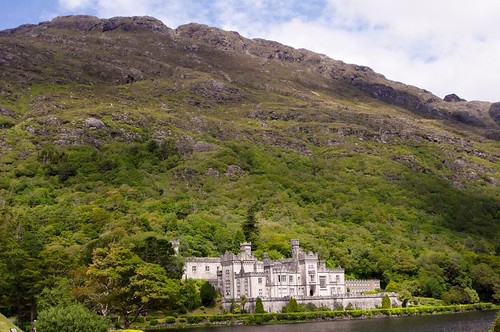
Back in the late 1800’s, an English surgeon named Mitchell Henry and his wife, Margaret, were married. They came to Connemara on their honeymoon and were enchanted by the area’s wonderful hunting and fishing. They vowed to one day return and build a home in such a beautiful place. When Henry’s father died, Henry received a large inheritance and decided to give up medicine for business and politics. He and Margaret bought property in Connemara (some 13,000 acres in land) around the old Kylemore hunting lodge. The property included mountains, a lake and boglands. Margaret and Henry started to build a 70 room home – what is the main portion of the Abbey today, in a Victorian Style Castle. They built the castle in the shadow of Druchruach Mountain and hugging the shores of Lough Pollacappul, to maximize the view. By 1871, the castle and the walled garden were completed. In 1874, while on holiday in Egypt, Margaret died, leaving behind her broken hearted husband and 9 children. Mitchell sent her body back to Kylemore and in the coming years, built a mausoleum in the style of an old gothic church along the side of of Lough Pollacappul to commemorate their love. For 40 years, Mitchell and his family encouraged locals to take up tenancy on his property – and during the time of the Irish Potato famine he is known to have provided work, food and schooling for those that he shared the land with.
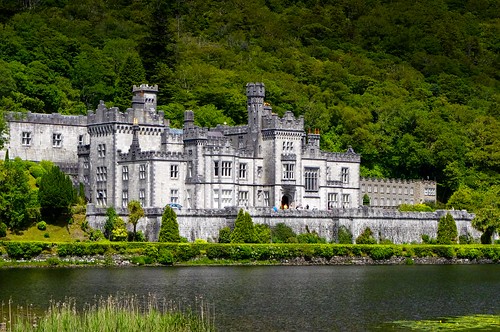
In 1903, English King Edward VII came to Connemara to visit and toured the property and grounds. Shortly thereafter, Kylemore Abbey was sold to the Duke & Dutchess of Manchester, who bought the home and its grounds in 1909. Sadly, in 1914, The Dutchess of Manchester’s father, Eugene Zimmerman passed away – and because he was financing the home – the property was lost to the bankers.
The property remained mostly empty (caretakers were watching over it) until the 1920’s, when the Benedictine Nuns of Ireland purchased the land and property. They established a convent, guest house, series of gardens, and a Girls School (the school closed in the 1990’s). Today, the Benedictine Nuns still hold the property, making their money off of the location as a tourist attraction and selling their wares locally while doing good works in the local community.
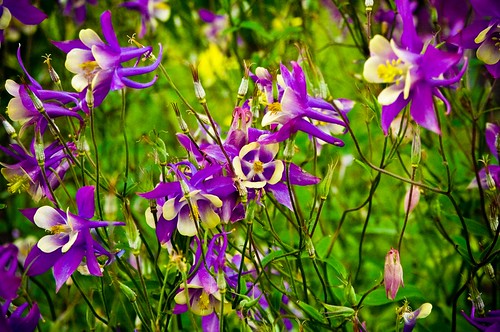
While I didn’t have time (a 2 hour detour does this to ya!) to see inside the house or the Gothic cathedral, I did make it to the gardens, which I’ll post pictures of tomorrow – but for now, a preview of some of the flowers.

